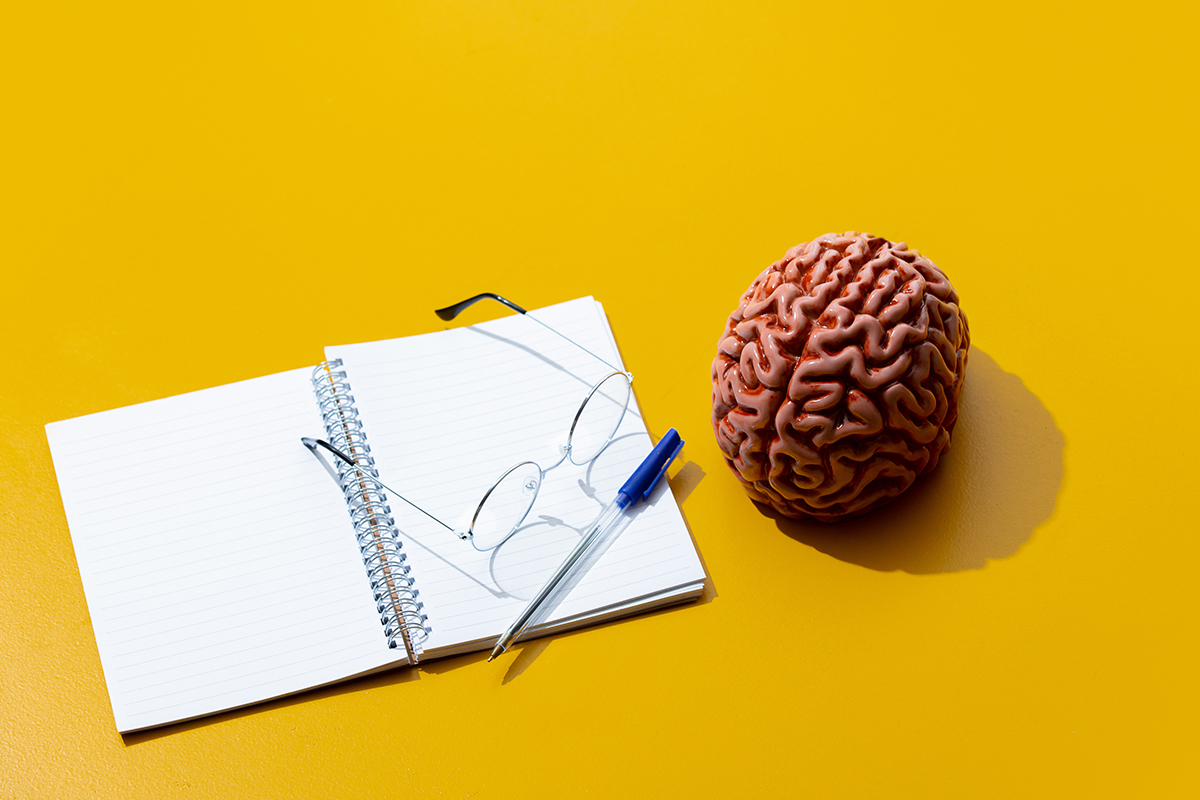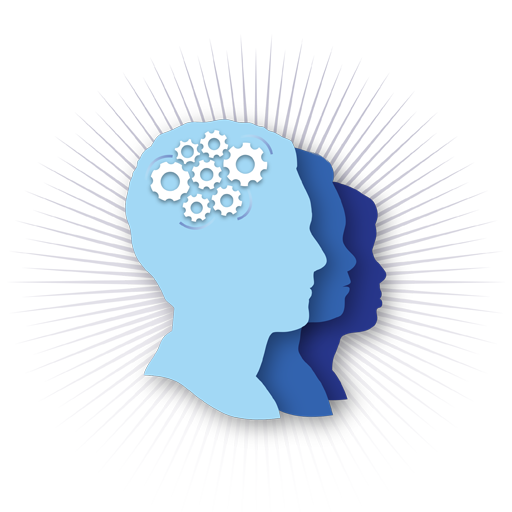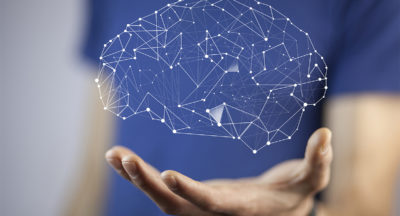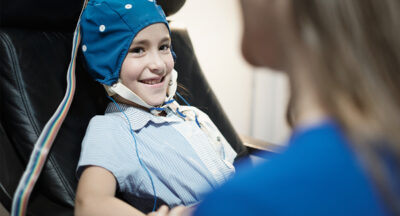
The History of Neurofeedback: Part I
The History of Neurofeedback: Part I
By Ari Goldstein, Ph.D.
Educational Psychologist, Chicago Illinois
There has always been a certain air of mystery about Neurofeedback. How does it work? Why is it so effective in treating brain conditions as varied as Attention Deficit Disorder (ADD or ADHD), traumatic brain injury, seizures anxiety, depression, and learning disabilities (dyslexia, dysgraphia, dyscalculia, etc.)? In the interest of answering these and other questions, we thought we’d start with the history of this remarkable, non-medicinal treatment for the brain known as Neurotherapy.
Neurofeedback as practiced today is largely the result of work done in the 1960s by two researchers, Dr. Joe Kamiya and Dr. Barry Sterman. During this time, Kamiya was exploring the role that alpha wave activity played in consciousness at the University of Chicago, while Sterman was researching brain activity during sleep at UCLA and the Veteran’s Administration Hospital in Sepulveda, California. Both were trying to discover the role brainwaves played in all aspects of behavior. But the initial discovery that brain function involved waves of electrical pulses makes for a fascinating tale all its own.
The Strange Inspiration for the Discovery of Brainwaves
Brainwaves were discovered by a German psychiatrist named Hans Berger. In 1873, Berger enrolled in the Friedrich Schiller University of Jena to study mathematics with an eye to becoming an astronomer. He left college after only one semester however, to enlist in the cavalry. During a riding exercise while still in training, he lost control of his horse and was thrown directly in the path of a horse-drawn cannon. Fortunately, the artillery battery driver halted the horses in time, so Berger suffered only minor injuries. But the experience made a profound impression on him.
On his return home, Berger learned that at the very moment he was almost run over by galloping horses, his sister experienced a sense that he was in danger and had had their father telegram Berger to check on his well-being. According to Berger this incident was “a case of spontaneous telepathy in which at a time of mortal danger, and as I contemplated certain death, I transmitted my thoughts, while my sister, who was particularly close to me, acted as the receiver.”
And so Began a Lifelong Study to Explain the Unexplainable
After completing his military service in 1893, Berger began to study medicine in the hope of discovering how his mind could have communicated with his sister so many miles away. His goal was to find the physiological cause of the psychic energy he believed responsible for this event, or as he put it, “search for the correlation between objective activity in the brain and subjective psychic phenomena.”
He earned his MD in 1897 and became a lecturer at the University of Jena. As a staff member of the university clinic, he found numerous patients with various brain disorders and injuries who agreed to participate in his studies over the years. In 1901 he published his first paper on brain function. However, although he spent the next 20 years studying the brain, Berger had yet to make significant progress in his research on its function.
After serving in World War I, Berger came back to Jena and became the Director of the Jena Psychiatric University Clinic. Working with patients whose injuries allowed him to have direct access to their living brains, in 1924 Berger used an Edelmann string galvanometer (pictured below) to complete the first successful electroencephalogram (EEG) or biofeedback of electrical brain activity. Continuing his experiments on patients with intact as well as damaged skulls, he published a series of articles about his work between 1929 and 1938. These papers showed that not only were brainwaves caused by the activity of brain neutrons, but these oscillations of electrical current in the brain could be recorded and measured. Despite Berger’s carefully researched publications though, it wasn’t until 1934, when other researchers drew attention to the presence of brainwaves, that Berger’s work was accepted by the scientific establishment.
So What are Brainwaves, Anyway?
Brainwaves are created by synchronized electrical pulses produced by brain neurons when they communicate with each other. As Berger demonstrated, waves can be detected through sensors placed on the scalp, and their activity has been described by author Jim Robbins like “a symphony in the brain.” Robbins’ analogy was inspired by the way brainwaves operate on different frequencies, each linking and connecting to the others through harmonics and thus causing different reactions and behaviors.
Here’s a brief description of the different brainwaves and how they affect us:
Delta Waves
Slow-paced and penetrating, they occur during periods of deep sleep and meditation, when awareness of the external world is suspended. They’re the source of empathy and give us the ability to heal and regenerate after illness and injury.
Theta Waves
These waves are experienced during sleep and meditation but they have a higher frequency than delta waves. They’re the gateway to learning and memory, producing a twilight state as we drift off or wake from sleep. It is in theta that we experience dreams and fantasies, get in touch with our intuition and access information that is beyond our conscious awareness.
Alpha Waves
Nicknamed “Berger’s Wave” in recognition of Berger’s role in discovering them, Alpha waves are experienced during states of calm contemplation and learning. They aid in the coordination of calmness, awareness and the integration of mind and body activity. They’re the resting stage of the brain. “Being in the moment” is the normal alpha state.
Beta Waves
When we’re attentive to our tasks such as solving problems, making judgments and decisions and engaging in other productive mental activities we’re in beta mode. Beta brainwaves fall into three distinct bands: Lo-Beta, Beta and Hi-Beta. During Lo-Beta we’re often between tasks and musing. In Beta, we’re highly engaged, active and productive. While in Hi-Beta we’re dealing with complex issues, integrating new information and perhaps experiencing a certain level of anxiety and excitement in reaction to these activities.
Gamma Waves
These brainwaves have the highest frequency and are the most subtle of all. For a time Gamma waves were ignored and regarded as background noise to the brain’s “symphony.” Gamma waves are above the frequency generated by neurons so how they’re origin is still unknown. But we now know that they relate to the integration of information from different brain areas and are most active during states of love and altruism. Some speculate that Gamma rhythms may determine perception, consciousness and spiritual development. (Maybe this is what Berger was looking for all along!)
How we experiences the world depends on our positive – or negative brainwave activity.
If we can identify, measure and manipulate these waves, we can improve how we think, feel and behave. For example, conditions such as anxiety, sleep problems, inability to focus, aggressive behavior, chronic pain and depression may be due to an in balance in brainwave activity. Neurofeedback allows us to teach patients suffering from these conditions how to start or stop producing the brainwaves associated with them. And once this learning has been completed, the improved condition becomes the default mode the brain continues to go to. Naturally. Without medication.
All of this started with Hans Berger seeking to understand how he was able to communicate his anxiety instantly to his sister hundreds of miles away. Of course, the discovery of brainwaves is just the start of the Neurofeedback Story. Please stop back again to read the next Chapter in the development of this life-changing therapy.
Ari Goldstein, Ph.D. is the Executive Director of Cognitive Solutions Learning Center, Inc. in Chicago, Illinois, as well as a consulting partner at Chicago Mind Solutions in Northbrook, Illinois.
Related Posts
Four Reasons Why You Should Consider Neurofeedback
“When you are dealing with depression and anxiety, you feel like you’re lost,”...
Testimonial – L.B.
From the time he was a pre-schooler, it was evident that my very bright son had...
Neurofeedback for ADHD
Neurofeedback: A Form of Biofeedback Neurofeedback is known by several names,...
HELPING CHILDREN AND ADULTS REACH THEIR FULL POTENTIAL.
We help individuals with Attention Deficit Disorder (ADD/ADHD), Learning...






